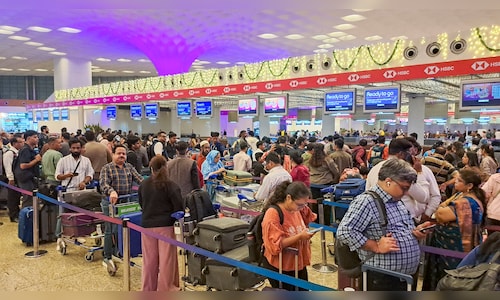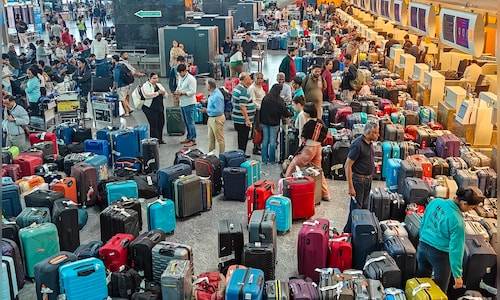Seychelles emerged as the fastest-growing destination, recording a 115% year-on-year growth in 2025 compared with 2024, while Vietnam saw a 50% increase. Other rising destinations include the Philippines, Sri Lanka, Kenya, and Fiji, combining ease of access with eco-tourism and adventure experiences.
Despite this surge, offbeat destinations still account for around 11% of total travel insurance volumes, indicating significant potential for market growth.
Policybazaar expects some of these destinations, particularly Japan, to move from offbeat to mainstream in the coming years.
Young professionals lead the trend
Travellers aged 25–35 form the largest segment, contributing 44% of offbeat travel insurance purchases. Overall, buyers span ages 23–60. Policy choices reflect higher coverage preferences, with many opting for policies covering $1 lakh or more, alongside adventure sports add-ons such as diving, trekking, and safaris.
“Indian travellers no longer want cookie-cutter itineraries,” said Kapadia, Head – Travel Insurance, Policybazaar. “They are seeking offbeat destinations and experiences that are adventurous, spontaneous, and sometimes unpredictable — yet they are being smart by opting for higher insurance coverage and relevant add-ons.”
Shorter, riskier trips, higher coverage
Offbeat trips are typically shorter, averaging 18 days compared to 51 days for mainstream destinations. Travellers tend to purchase policies closer to departure dates, reflecting the spontaneous nature of these journeys. Medical emergencies, trip disruptions, and baggage issues are among the leading risks, highlighting the importance of comprehensive coverage.
Seasonality and post-pandemic trends
The October–March window marks peak travel season for offbeat destinations, coinciding with festivals and favorable weather. Post-pandemic, offbeat destination insurance purchases have risen over 50%.






